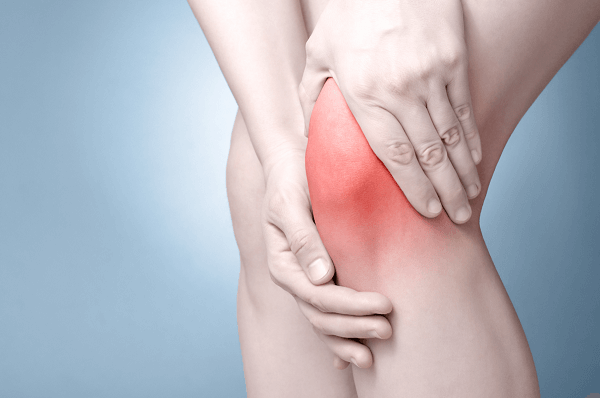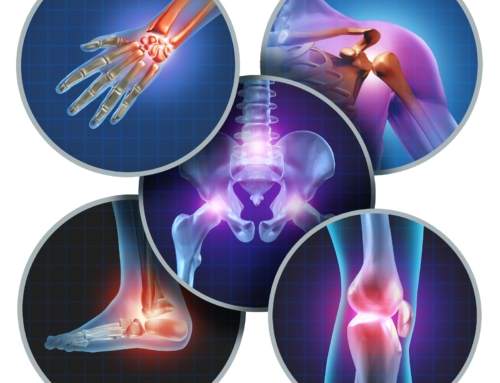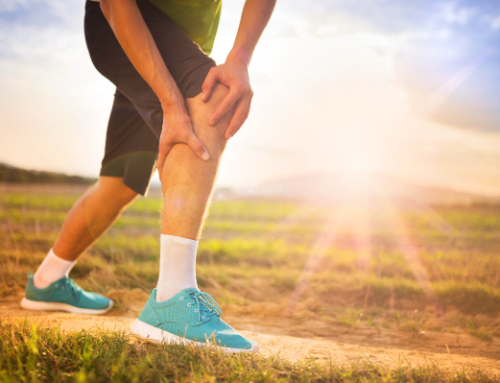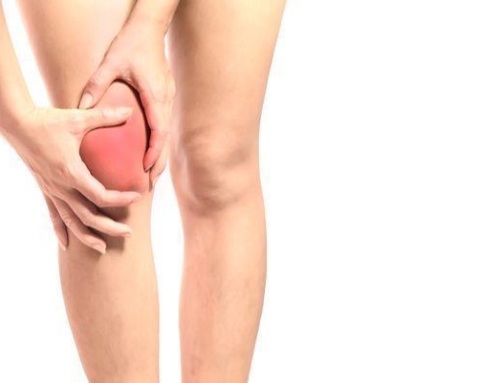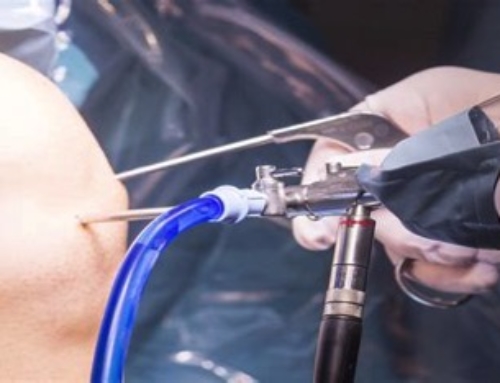We all take our knees for granted- until we injure one! Knee pain is a usual setback that can occur for multiple reasons and needs to be treated right away; otherwise the agony can make everyday life more challenging. When sections of the knee are not operating correctly, discomfort, pain, irritation, and other symptoms can rise to the surface. Surprisingly, hips are no longer the leader in joint replacement surgery- it’s the knees. Knees have a complex configuration made up of joints and cartilage, which makes them extra susceptible to injury and pain. Knee agony is never normal! Here are some tips for dealing with knee pain:
#1. R.I.C.E.
The abbreviation “R.I.C.E.” stands for rest, ice, compression, and elevation. This is the ultimate knee pain remedy you can do at home. R.I.C.E. is great for knee pain, whether it’s caused by injury, surgery, or arthritis tenderness. Giving your knees a break is essential- they carry your weight all day long! The next step is to apply the ice or cold compress to decrease the inflammation. Then it’s recommended that you wrap a compression bandage around your knee to prevent swelling and keep it at an elevated state. Relax and let your knee rest as it should!
#2. Proper Shoes
Wearing the correct shoes can benefit you in alleviating knee pain. Your shoes affect the extent of the impact your knees endure every day. Selecting the appropriate footwear is the first line of prevention when dealing with knee agony. Cushioned insoles have the power to diminish the pressure and strain on your unfortunate knees. In cases of conditions such as knee arthritis, your doctor may suggest a special orthopedic insole to place into your shoes. It’s vital to speak with a professional to know exactly what footwear is needed to help you in the long run.
#3. Massage
The muscles surrounding the knee can cause persistent knee pain. If your knee pain is not from harm or irritation, it’s a good notion to attempt to stretch out the muscles near the knee- otherwise referred to as “trigger points.” Using a tennis ball to massage the ‘trigger points’ can be very beneficial. Lie on the side of your painful knee, place the tennis ball underneath your thigh, and roll it back and forth all the way up to the thigh down to the knee. This may be uncomfortable or painful, but that means you are addressing the source of the problem.
#4. Vitamin C
Vitamin C is not just for preventing colds and boosting your immune system, it can also benefit your knee pains. Vitamin C is a powerful substance that can help fight off cell-damaging properties of free radicals and the beginning of osteoarthritis. Vitamin C can be purchased as a vitamin supplement form or in foods such as oranges, kiwi, strawberries, tomatoes, broccoli, and green bell peppers. Incorporating these fruits and vegetables into your day-to-day routine can actually help you with your knee pain.
#5. Hot & Cold
Applying heat and cooling temperatures to the irritated knee can be a very effective and inexpensive method to treat arthritis aches. Application of heat on the knee will let your muscles relax and help lubricate your joints for more mobility. Heat has the ability to alleviate muscle and joint firmness, help loosen joints before physical activity, or lessen a muscle spasm. A cold compress is used to lessen inflammation, swelling, and pain connected to arthritis and movement. Occasionally, a doctor might advise alternating between hot and cold compresses. An individual may use heat to relax the knee muscle in the morning and later in the evening apply a cold compress to reduce knee swelling.
Resolve Your Knee Pain By Seeing Dr. Chams in Illinois Today!
Knee pain is not normal! Take the proper steps in getting an accurate diagnosis with Dr. Roger Chams, a leading expert in the field of sports medicine and orthopedic surgery in Illinois. Dr. Chams has over 20 years of experience treating knee pain and other orthopedic knee and shoulder conditions. For personalized treatment and knee pain relief, contact Dr. Chams to make an appointment today!

